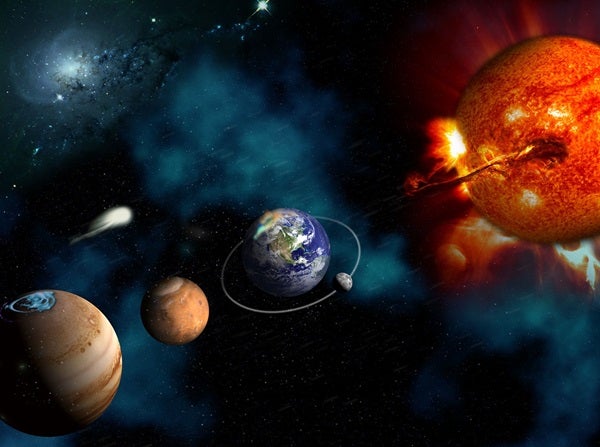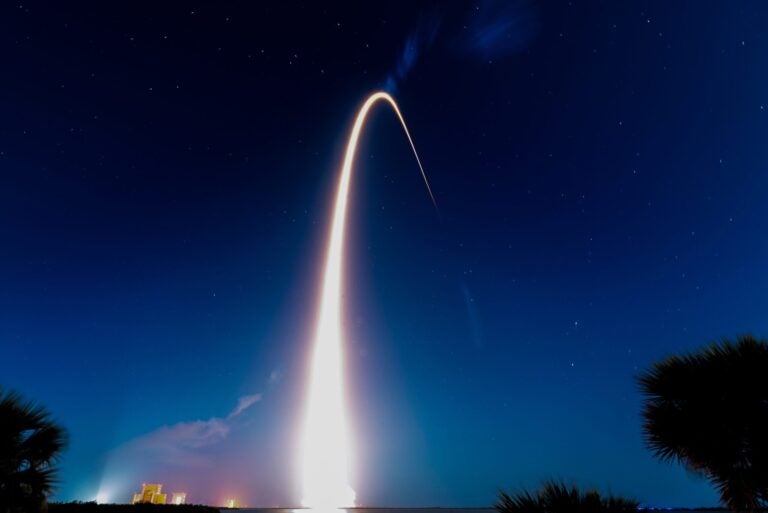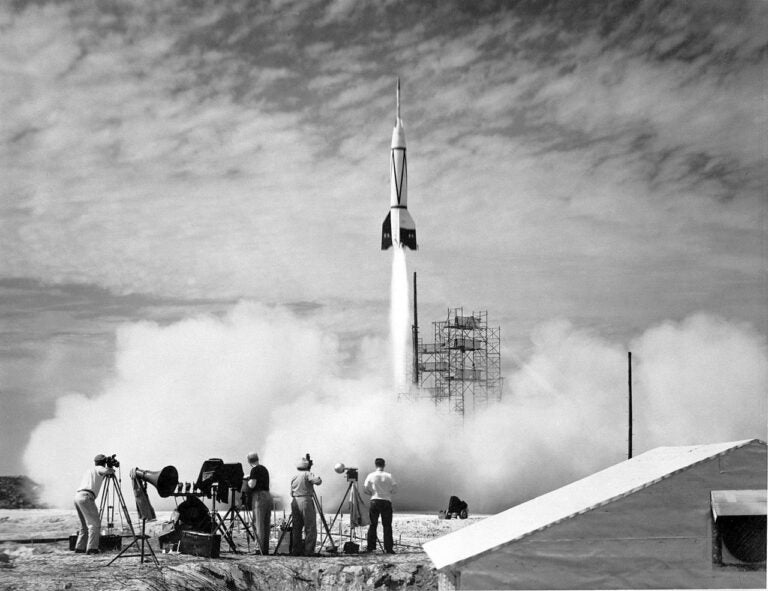NASA has selected nine proposals in its Explorers Program to study the Sun and general space environment. There are five Heliophysics Small Explorer mission proposals, two Explorer Missions of Opportunity Small Complete Mission (SCM) proposals, and one Partner Mission of Opportunity (PMO).
According to the press release, the Heliophysics Small Explorer missions and Explorer Missions of Opportunity SCM missions will be have specific explorations, including weather in the near-Earth environment, magnetic energy, solar wind, and heating and energy released in the atmosphere. The mission in the PMO category will be more focused on creating space instruments.
Ultimately, these missions will all help scientists better understand the influence of the Sun on our solar system, including the planets and the space between them.
The Heliophysics Small explorer proposals will be given $1.25 million for an 11-month mission concept study. Those missions are: Mechanisms of Energetic Mass Ejection – eXplorer (MEME-X), Focusing Optics X-ray Solar Image (FOXSI), Multi-Slit Solar Explorer (MUSE), The Tandem Reconnection and Cusp Electrodynamics Reconnaissance Satellites (TRACERS), and the Polarimeter to Unify the Corona and Heliosphere (PUNCH) mission.
MEME-X will study how charged particles leave Earth’s atmosphere, while TRACERS will study Earth’s magnetopause, which is the boundary between our planet’s magnetosphere and the incoming charged particles of the solar wind. FOXSI and MUSE will focus on the Sun’s atmosphere and the mysterious solar corona, which is only visible from Earth during a total solar eclipse. PUNCH will take a closer look at the solar wind.
The two Each Mission of Opportunity SCM proposals will be given $400,000 for an 11-month concept study. Those proposals are: the Sun Radio Interferometer Space Experiment (SunRISE) and the Atmospheric Waves Experiment (AWE) mission.
SunRISE will create a radio telescope array from miniature satellites to study how the Sun releases particles into space. AWE will look back at Earth to study a phenomenon known as gravity waves, which transport energy throughout a planet’s atmosphere.
The final proposal is in the Partner Mission of Opportunity category and will study three instruments on the Turbulence Heating ObserveR (THOR) mission, a mission that the European Space Agency is considering. THOR looks at how particles in space gain and lose energy.
You can learn more about the missions here.










